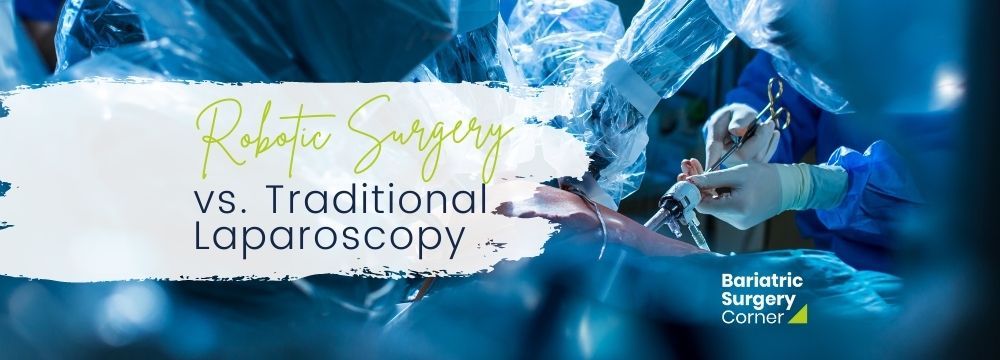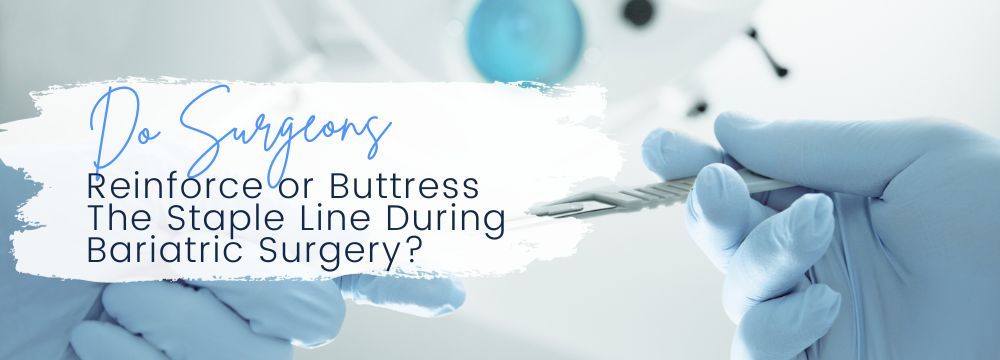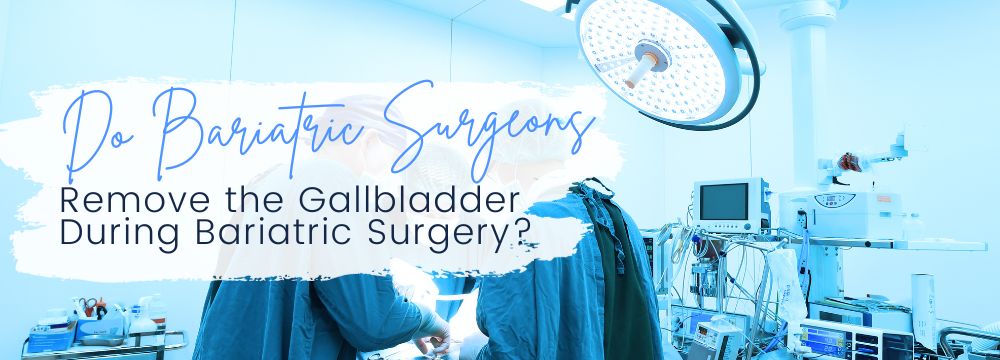
In the late 80s and early 90s, a revolution in surgical technique blossomed. The advent of laparoscopic or keyhole surgery allowed surgeons to perform complex bariatric procedures using tiny incisions rather than a single large incision. This made recovery more comfortable for patients, but it also reduced many of the risks associated with an open procedure, including infection, significant bleeding, pain, and the possibility of an incisional hernia. Laparoscopy in its traditional form has been the dominant modality for performing surgery for decades. However, another massive leap in surgical technology came to market more recently. This was known as the surgical robot. Unlike how it sounds, the robot does not perform surgery autonomously. Instead, the bariatric surgeon controls every part of the procedure from a console inside the operating room, near the patient. The robot takes the surgeon’s inputs, scales them, and translates them to the robotic arms inside the patient.
Why Is Robotic Bariatric Surgery So Transformative?
There are several inherent limitations to traditional bariatric laparoscopy. First, while revolutionary in their time, the medical devices are still long and clunky, making it difficult for the bariatric surgeon to “feel” the anatomy and limiting the range of motion within the abdomen. As a result, complex surgery still needed to be performed with an open procedure. However, the robotic arms have wristed hinges allowing for 360° of movement inside the abdomen. It’s essentially like having the surgeon’s hands and wrists inside the abdomen, but without requiring the large incision.
Second, traditional laparoscopy requires the surgeon to look at a two-dimensional television above the operating table. This was not only uncomfortable for the surgeon but did not offer great depth of field. The new technology provided by the robot creates a 3-D Image, and the surgeon is comfortably seated looking into a viewfinder, making for less fatigue and better visualization of the abdomen.
While the learning curve for robotic procedures is steeper and the technology more expensive, the benefits of the robotic technique typically outweigh the negatives, especially for complex surgeries.
Of course, there still is a place for laparoscopy, and it’s the traditional form. With no appreciable difference in risks or outcomes, basic surgeries such as gallbladder removal may be performed either way. Indeed, laparoscopy is no less safe or effective than robotic surgery for most procedures, and many bariatric surgeons opt for traditional laparoscopy over robotics.




